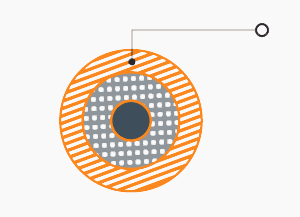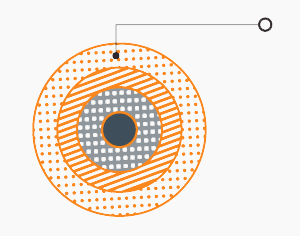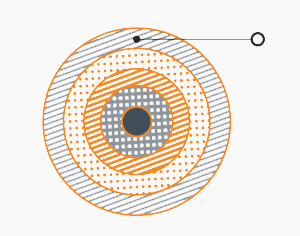
In today’s rapidly evolving digital landscape, enterprises face a myriad of challenges in managing and analyzing vast amounts of data efficiently and effectively. Traditional approaches often struggle to keep pace with the volume, variety, and velocity of data generated in modern business environments. However, with the advent of Artificial Intelligence (AI) technologies, a new era of data management and analytics has emerged, offering unprecedented opportunities for enterprises to derive valuable insights and drive innovation.
Among the leading players in this space is MongoDB, a pioneer in modern, flexible, and scalable database solutions. MongoDB’s innovative AI capabilities are empowering enterprises to unlock the full potential of their data and revolutionize the way they build, deploy, and manage applications. By seamlessly integrating AI into its platform, MongoDB is enabling organizations to leverage advanced analytics, machine learning, and natural language processing to extract actionable insights and drive intelligent decision-making across various business functions.
One of the key strengths of MongoDB AI lies in its ability to handle complex and unstructured data with ease. Traditional relational databases often struggle to accommodate diverse data types and schemas, leading to inefficiencies in data management and analysis. MongoDB’s flexible document model allows enterprises to store and manipulate data in its natural format, enabling them to capture, store, and process diverse data sources seamlessly. This flexibility is particularly valuable in enterprise applications where data formats may vary widely, such as customer interactions, product catalogs, or sensor data from IoT devices.
Moreover, MongoDB AI offers powerful capabilities for real-time analytics and predictive modeling, enabling enterprises to uncover hidden patterns, trends, and correlations in their data. By harnessing machine learning algorithms and predictive analytics, organizations can anticipate customer behavior, optimize business processes, and identify new opportunities for growth. Whether it’s predicting customer churn, optimizing supply chain operations, or personalizing marketing campaigns, MongoDB AI empowers enterprises to stay ahead of the curve and drive competitive advantage in today’s fast-paced business environment.
Another compelling aspect of MongoDB AI is its ability to democratize data science and AI within the enterprise. Traditionally, data science and AI initiatives have been confined to specialized teams with expertise in statistical modeling, programming, and data engineering. However, MongoDB’s intuitive interface and developer-friendly tools enable users across the organization to leverage AI capabilities without extensive technical knowledge. From data analysts and business users to software developers and IT professionals, MongoDB AI empowers a diverse range of stakeholders to explore, analyze, and derive insights from data, driving innovation and collaboration across the enterprise.
In addition to its advanced analytics and machine learning capabilities, MongoDB AI offers robust security and governance features to ensure the privacy, integrity, and compliance of enterprise data. With built-in encryption, access controls, and audit logging, MongoDB provides enterprises with the confidence to deploy AI-powered applications in mission-critical environments while adhering to regulatory requirements and industry standards.
As enterprises continue to embrace digital transformation and strive for competitive advantage, the role of AI in driving innovation and value creation has never been more critical. With MongoDB AI, organizations can harness the power of AI to unlock the full potential of their data, gain actionable insights, and accelerate their journey towards becoming truly data-driven enterprises. By leveraging MongoDB’s flexible and scalable platform, enterprises can build intelligent applications that anticipate customer needs, optimize operations, and drive sustainable growth in today’s dynamic business landscape.







